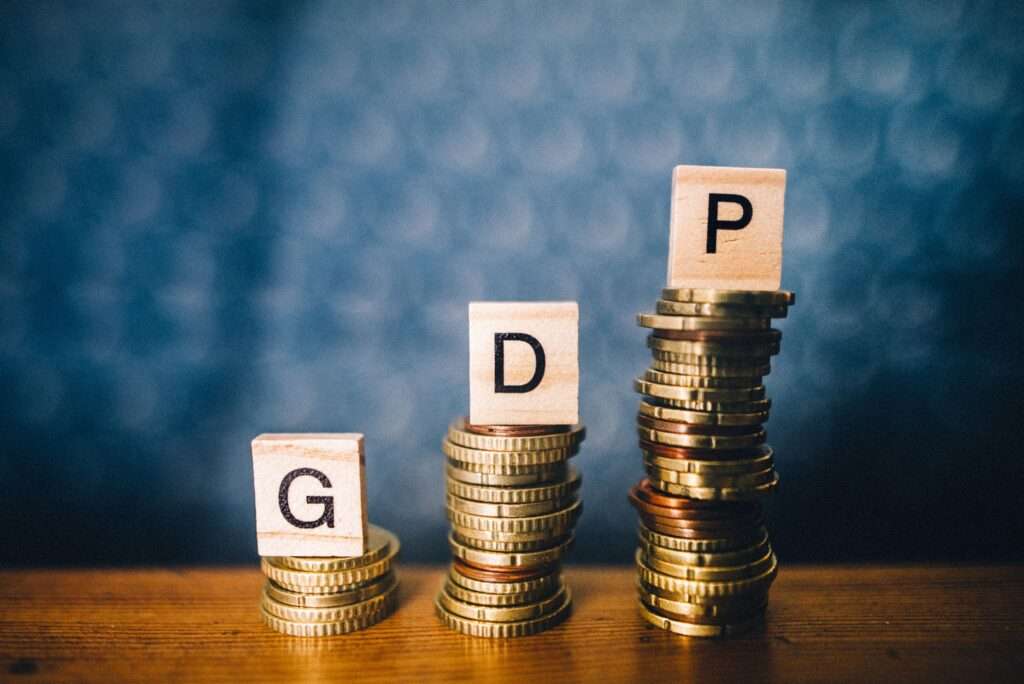Data from the Central Bank of Ghana has disclosed that Ghana’s public debt stock declined by Ghc141.1 billion in December 2022 to conclude the year at Ghc434.6 billion, or around 71.2% of GDP. This is equivalent to $52 billion.
According to the just released May 2023 Summary of Economic and Financial Data, Ghana’s debt in cedi terms increased steadily to Ghc 575.7 billion ($43.9 billion) by the end of November 2022, representing around 93.5% of GDP.
This comes after the country successfully completed its debt exchange, paving the route way for the Executive Board of the International Monetary Fund to approve a $3 billion Extended Credit Facility (ECF) programme.
According to a comprehensive examination of the country’s debt, the decrease in the overall public debt in December 2022 was primarily due to the Domestic Debt Exchange Programme and minor gains by the local currency – the cedi versus the dollar throughout the period.
More so, the country suspended payment of loans to its external creditors in December 2022, as the country struggled to rebalance the economy.
BoG’s Data further disclosed that the external component of the total public debt stood at $28.9 billion (¢240.2 billion) in December 2022, lower than the $29.2 billion (¢382.7 billion) in November 2022, equivalent to 39.4% of GDP.

Nominal GDP Increased By ¢262.9bn in March 2023
Meanwhile, Ghana’s nominal GDP rose by ¢262.9 billion to ¢873.1 billion in March 2023.
The significant rise in Ghana’s nominal GDP can be largely attributed to the elevated prices of goods and services produced within the country. These price increases, in turn, were a result of persistently high inflation rates, which stood at a staggering 45% in March 2023.
The government’s fiscal deficit to GDP stood at 0.8% in March 2023, as against 8.3% of GDP in December 2022.
The primary balance stood at 0.1% of GDP in March 2023.
Read also: Global Debt Increasing, Emerging Markets Surpass $100 Trillion Milestone






















